A guide to oral hygiene home care for adults and teenagers.
Why is Oral Hygiene Critical?
Prevention is key when it comes to maintaining the health of your oral environment. Removing the plaque, tartar and debris from your mouth is critical to preventing unhealthy teeth and gums.
What is Plaque?
Plaque is the term used to describe the whiteish-yellow, soft and sticky film buildup that we get on our teeth and gums on a daily basis. Plaque contains millions of bacteria which can lead to tooth decay and gum disease if not removed. If not removed from your teeth within 24-36 hours, plaque hardens into tartar.
What is Tartar?
Tartar is calcified (hardened) plaque, which if not removed contributes to gum and bone disease. This exists as hard deposits on your teeth below your gums, which are areas that you cannot reach and cannot remove. When you come for a cleaning at the dental office, this is one of the things the dental hygienist takes care of for you.
How do you best take care of your mouth at home?
Brushing
Thorough daily brushing is important to keep your teeth and gums healthy. Brushing helps remove bacteria that can lead to tooth decay and gum disease.
The Canadian Dental Association recommends brushing ideally after every meal, for 2-3 minutes each time. At the very least you should brush your teeth before going to sleep, as it ensures your teeth aren’t sitting with bacteria on them all night long.
Always choose a toothbrush with soft and rounded bristles. Your toothbrush should be replaced every three months.
When brushing with a manual toothbrush, hold the brush at a 45-degree angle to the gums. Brush in a gentle, circular, up and down sweeping motion, making gentle contact with the gums and teeth. See image below for an example of this.
It is important to clean every surface of all teeth, the chewing surface, tongue side, and cheek side. Try brushing in multiple patterns, so as to not miss the same areas all the time.
Flossing
Flossing is a technique which allows you to clean between your teeth and reach areas which a toothbrush can’t. When we eat, food gets lodged between our teeth and around our gums and flossing allows us to dislodge the food and plaque from these areas.
Flossing is responsible for cleaning ⅓ of your tooth surface area, brushing is not enough.
With string floss, you will want to use a piece that is approximately 16-18 inches in length. Wrap one end of the string around your index and middle fingers on one hand and then around the same 2 fingers on the other hand, leaving about 2 inches between your hands.
Using your thumb on both hands push against the floss to support the string. Starting at the back of your mouth wiggle the floss between two teeth gently until it touches the gums. Be sure not to push too hard as you will potentially puncture your gums.
Once in between the teeth, hug the floss against the front side of the back tooth making a c-shape with the floss. Slowly glide up and down allowing the floss to gently glide under the gumline and up to the top where the teeth touch.
Lift the floss over the gums and to the tooth on the other side, hugging the floss against the side of that tooth. Repeat the up and down movement. Gently glide the string out and move forward in between the next two teeth.
It is important for the floss to create a hugging C shape on each side of each tooth as the more surface area the floss contacts, the more plaque can be removed. After a few teeth it is recommended to slide the floss through your fingers an inch or two so that you are using a new section of the string. Repeat this until you have successfully flossed between all teeth top and bottom.
Check out this link to see some step by step images of the above process.
Flossing Aids - Pick what works for you
There are many different types of flossing aids available if you find flossing by hand difficult. Use of a floss pic or a floss aid with a handle can make it easier to clean those in-between areas.
With the floss pic you will do generally the same thing but instead of wrapping string around your fingers you just hold the small plastic handle with one hand. Repeat all the above steps and be sure to rinse off every few teeth as you will not have extra floss to work with.
Mouth Rinse
In addition to brushing and flossing, dental professionals recommend using an antibacterial mouth rinse daily. Mouth rinses are an effective tool in the fight against tooth decay and gum disease, and help to promote healthy gums and teeth.
Mouthwash is NOT a substitute for brushing or flossing but can be a useful addition to your oral care routine. To use mouth rinse, follow the directions on the container as advised. We recommend that you use 15-30 ml of oral rinse. Rinse vigorously for 30 seconds making sure the mouth rinse comes into contact with all areas of your teeth. Swish for 30 seconds and spit into the sink.
Are you interested in learning more about oral care routines? Feel free to send us a message to learn more and be sure to visit the Canadian Dental Association’s website for more great tips.

